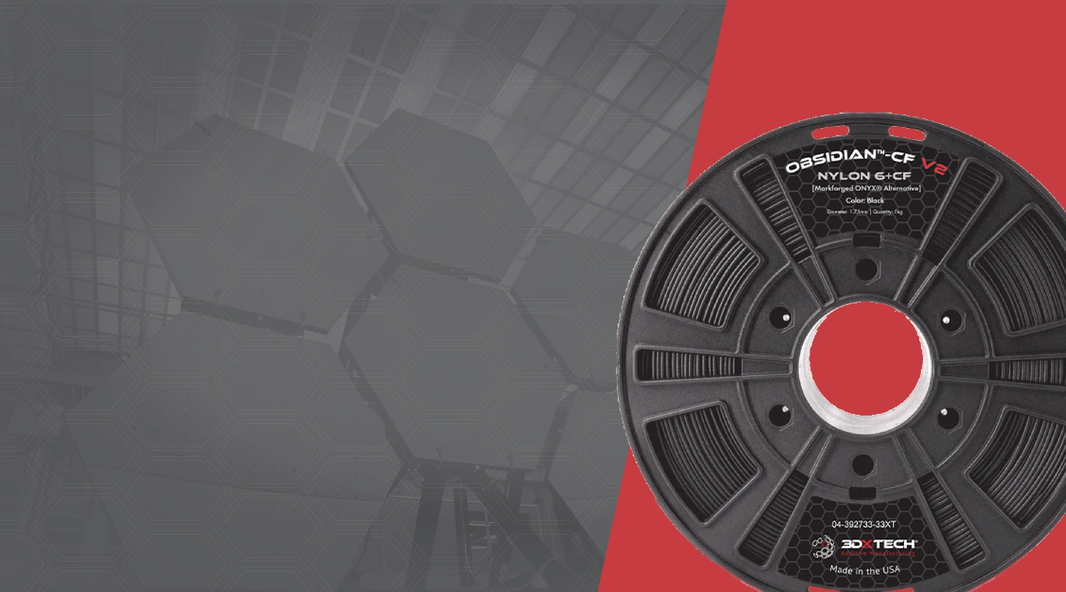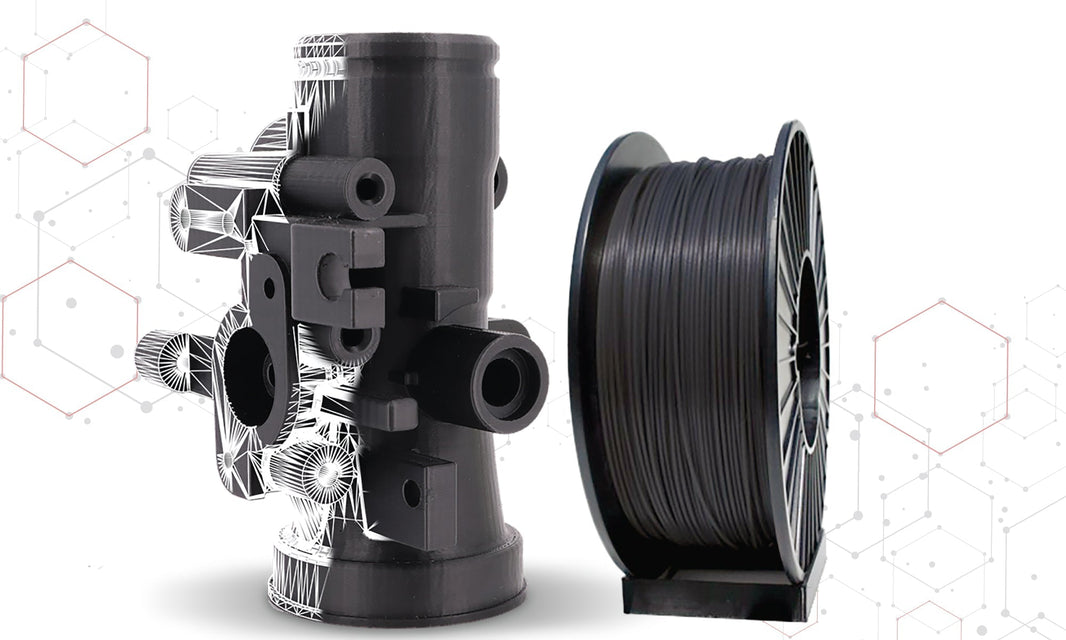3D Printing Ultra-Polymers: PEEK, PEKK, and ULTEM for High-Performance Applications
Ultra-polymers like PEEK, PEKK, and ULTEM enable additive manufacturing of parts that require extreme thermal, chemical, and mechanical performance. Engineers in aerospace, automotive, defense, and industrial manufacturing rely on these materials for functional prototypes, tooling, and end-use components where standard thermoplastics cannot meet the demands.
Why Ultra-Polymers Matter
Unlike standard 3D printing materials, ultra-polymers are engineered for high-temperature resistance, chemical stability, and mechanical durability. They meet stringent industry standards for performance and safety, making them ideal for critical applications in regulated environments.
Applications Across Industries
- Aerospace: High-strength brackets, housings, and tooling that withstand elevated temperatures and chemical exposure.
- Automotive: Engine components, electrical connectors, and structural parts requiring heat and chemical resistance.
- Defense: Mission-critical components, enclosures, and tools that maintain integrity under extreme conditions.
- Industrial Manufacturing: Jigs, fixtures, and end-use parts exposed to high heat, chemicals, or mechanical stress.
Comparing Ultra-Polymers: PEEK, PEKK, and ULTEM
PEEK (Polyether Ether Ketone)
PEEK filament is known for exceptional chemical resistance, high tensile strength, and continuous-use temperatures up to ~250 °C. It’s widely used for aerospace, medical, and oil & gas components requiring superior durability.
PEKK (Polyether Ketone Ketone)
PEKK filament offers similar thermal and mechanical properties as PEEK but with increased design flexibility due to higher glass transition temperature and better processability. It is ideal for complex aerospace and defense parts where precise thermal performance is critical.
ULTEM (PEI, Polyetherimide)
ULTEM filament combines high-temperature resistance, excellent flame retardancy (UL94 V-0), and dimensional stability. Common in aerospace and automotive interiors, it supports both functional prototyping and end-use components in regulated industries.
Benefits of Using Ultra-Polymers
- High continuous-use temperatures up to ~250–260 °C
- Outstanding chemical and solvent resistance
- Exceptional mechanical strength and impact resistance
- Flame retardancy and compliance with industry standards
- Enables functional prototyping, tooling, and end-use production
Best Practices for 3D Printing Ultra-Polymers
- Use enclosed, high-temperature printers with heated chambers
- Maintain bed temperatures suitable for each polymer (PEEK ~120–160 °C, PEKK ~160–180 °C, ULTEM ~160–180 °C)
- Ensure proper ventilation and safety measures due to high processing temperatures
- Optimize print settings for layer adhesion, warping prevention, and dimensional accuracy
Conclusion
Ultra-polymers like PEEK, PEKK, and ULTEM expand the capabilities of additive manufacturing in high-performance industries. By combining chemical resistance, heat tolerance, mechanical strength, and flame retardancy, these materials enable engineers to create functional prototypes, tooling, and end-use parts for the most demanding aerospace, automotive, defense, and industrial applications.






